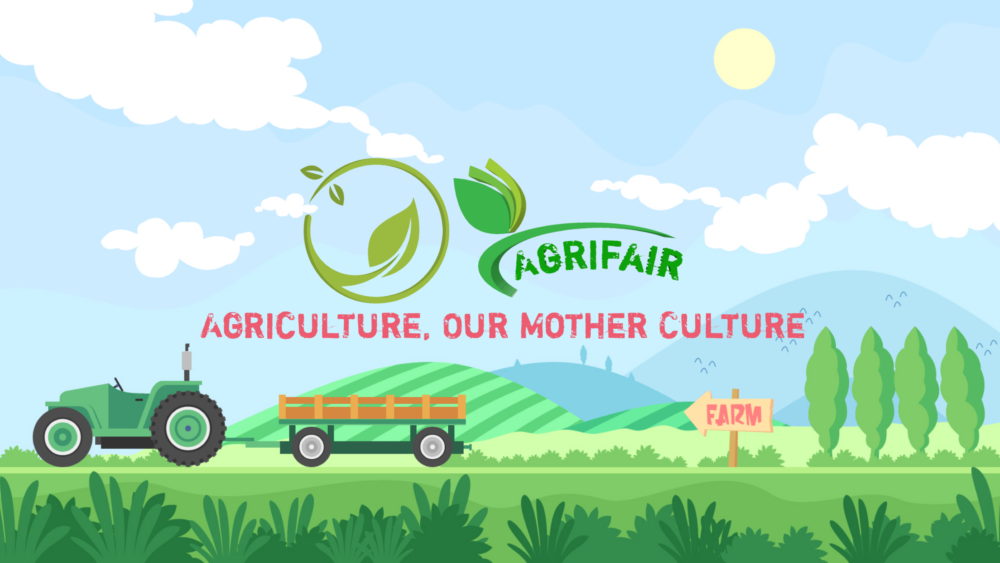Crop Production Technology for Vegetables and Spices pdf: A Comprehensive Guide
If you’re passionate about agriculture, especially if you’re pursuing a B.Sc in Agriculture, you’re in the right place. In this article of Crop Production Technology for Vegetables and Spices pdf, we’re going to delve into the world of crop production technology for vegetables and spices. No complicated jargon here; we’ll keep it simple, just like planting seeds in your garden. So, let’s get started!
What is Crop Production Technology?
Before we dive into the specifics, let’s establish the basics. Crop production technology is like the recipe for growing vegetables and spices successfully. It’s a combination of knowledge, techniques, and practices that farmers use to cultivate these essential food ingredients.
You may like this BSc Agriculture: The Ultimate Guide to Pursuing a Career in Agriculture
The Role of Soil Preparation
Imagine soil as the foundation of your vegetable and spice garden. Just as a strong foundation supports a sturdy building, well-prepared soil supports healthy crop growth. To achieve this, farmers engage in activities like plowing, harrowing, and adding organic matter. This creates an ideal environment for your crops to thrive.
Seed Selection: Choosing Your Ingredients
Selecting the right seeds is like choosing the best ingredients for your recipe. You want seeds that are disease-resistant and well-suited to your climate. Doing so ensures a higher chance of a bountiful harvest.
Planting Techniques: Sowing the Seeds
Now, let’s get our hands dirty – it’s time to plant those seeds! Depending on the crop, you can sow them directly in the soil or start with seedlings. Remember to follow the recommended spacing and depth guidelines for each type of vegetable or spice.
Nutrient Management: Feeding Your Crops
Just as we need a balanced diet to stay healthy, your crops need nutrients to grow. Fertilizers and organic matter provide the necessary nourishment. But remember, moderation is key; too much can be harmful.
Watering Wisdom: Quenching Their Thirst
A thirsty plant won’t thrive. Regular and consistent watering is crucial for crop health. Ensure your plants receive adequate moisture, but be cautious not to drown them.
You may like this Crop Production Technology (Rabi crops) Pdf
Pest Control: Protecting Your Harvest
Every garden has its pests, but you can manage them effectively. Utilize natural methods like companion planting and, if needed, environmentally friendly pesticides.
Weed Management: Keeping the Garden Tidy
Weeds are like unwelcome guests at your dinner party. Keep them in check by regular weeding. This prevents them from competing with your crops for nutrients and sunlight.
Pruning and Training: Shaping Your Plants
Just as you’d trim a hedge for a neat appearance, pruning and training your crops help them grow in the desired shape and direction. This improves air circulation and maximizes yield.
Disease Management: Staying Healthy
Crops can fall ill too, but early detection and prompt action can save your harvest. Learn to recognize common diseases and apply appropriate treatments.
Harvesting Happiness: Picking at the Right Time
Finally, the moment you’ve been waiting for – harvest time! Each crop has its optimal harvest period. Harvest at the right time for the best flavor and quality.
Storing and Marketing: Sharing the Bounty
Preserve your hard-earned harvest by storing it properly. If you have more than you can consume, consider selling your surplus produce in your local market.
You may like this Production Technology of Fruit and Plantation Crops pdf book

Download the free book of Crop Production Technology for Vegetables and Spices pdf
Book Detail: Crop Production Technology for Vegetables and Spices pdf
Language: English
Pages: 206
Author: BAU
Click below to Download the e-book of Crop Production Technology for Vegetables and Spices pdf
Conclusion of Crop Production Technology for Vegetables and Spices pdf
In conclusion, crop production technology for vegetables and spices is like creating a masterpiece in your garden. By following these techniques and guidelines, you can grow a successful and bountiful crop that not only feeds your family but can also be a source of income.
You may like this Production Technology of Ornamental Crops, MAP and Landscaping pdf book
FAQs (Frequently Asked Questions) of Crop Production Technology for Vegetables and Spices pdf
1. Can I apply these techniques in my backyard garden?
Absolutely! Whether you have a large farm or a small backyard, these crop production techniques are applicable to any scale of farming.
2. How do I know which vegetables and spices to grow together?
Companion planting is the key. Research which crops grow well together and which ones don’t. For example, tomatoes and basil make great companions.
3. What’s the difference between organic and chemical fertilizers?
Organic fertilizers are made from natural sources like compost and manure, while chemical fertilizers are synthetic. Organic fertilizers are generally considered more environmentally friendly.
4. What are some common crop diseases, and how can I identify them?
Common crop diseases include powdery mildew, blight, and aphid infestations. Look for discolored leaves, wilting, or unusual growth patterns as signs of disease.
5. How do I ensure my harvest stays fresh during storage?
Proper storage is essential. Use cool, dry, and well-ventilated spaces to store your crops. Consider using containers like airtight jars or vacuum-sealed bags for longer shelf life.
Now that you have a solid understanding of crop production technology for vegetables and spices pdf, go ahead and put this knowledge to use in your agricultural pursuits. Happy farming!
External Links of Crop Production Technology for Vegetables and Spices pdf:
- Agriculture.com, For more agricultural resources and insights.
- Companion Planting Guide, Learn about companion planting techniques.
- Organic vs. Chemical Fertilizers, Explore the differences between organic and chemical fertilizers.
- Common Crop Diseases, Identify and manage common crop diseases.


Pingback: Download Agriculture Marketing Trade & Prices PDF Book